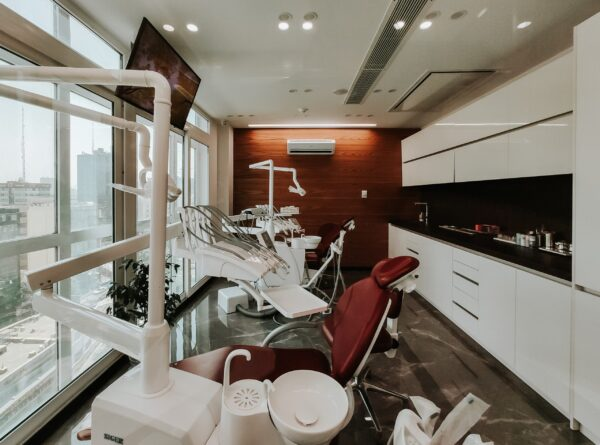22 May 2022
Medical Lighting Benefits
Here are five lesser-known facts about lighting:
-
The first electric light was demonstrated in 1802: Sir Humphry Davy, a British scientist, demonstrated the first electric light by passing electricity through a thin strip of platinum. However, it was not until the 1870s that commercially practical electric lights were introduced.
-
Humans are not the only species that can see ultraviolet light: Many insects, birds, and some reptiles can see ultraviolet light, which is invisible to humans. This ability helps them navigate and find food in their environments.
-
The world’s largest light bulb weighs over 9 tons: Located in Edison, New Jersey, the world’s largest light bulb is a 131-foot-tall structure that weighs over 9 tons. It was built in 1938 by the Thomas Edison Company as a tribute to the inventor of the incandescent light bulb.
-
The world’s longest-lasting light bulb has been burning for over 120 years: The Centennial Light, located in Livermore, California, has been burning continuously since 1901. It is a 60-watt bulb and is still in use today.
-
The color temperature of light affects our mood and behavior: The color temperature of light, measured in Kelvin (K), can affect our mood and behavior. For example, warmer colors (lower Kelvin temperatures) can create a cozy and relaxing atmosphere, while cooler colors (higher Kelvin temperatures) can create a more energizing and alert environment.
Correct lighting is critical for medical procedures for several reasons:
-
Visibility: Medical procedures often require precision and accuracy, which can only be achieved with good visibility. Proper lighting can improve visibility and reduce the risk of errors, making procedures safer and more effective.
-
Color rendering: Correct lighting can help ensure accurate color rendering, which is important for medical procedures where color differentiation is critical. For example, in surgery, accurate color rendering can help distinguish between healthy and diseased tissue.
-
Eye strain: Medical professionals often work long hours, and incorrect lighting can cause eye strain and fatigue. Proper lighting can help reduce eye strain, improve visual comfort, and increase alertness.
-
Infection control: Medical facilities require lighting that is easy to clean and maintain to prevent the spread of infection. Proper lighting design can ensure that fixtures are easy to clean and free from bacteria and other pathogens.
-
Patient comfort: Proper lighting can also help improve patient comfort and well-being. Bright, harsh lighting can be uncomfortable and cause anxiety, while dim or poorly lit areas can be disorienting. Correct lighting can create a calm and welcoming environment that promotes healing.
Overall, correct lighting is crucial for medical procedures as it can improve visibility, accuracy, safety, and patient comfort. By designing lighting systems that meet the specific needs of medical facilities, healthcare professionals can provide better care and improve patient outcomes.
For more information, click here to contact us or call 1300 799 300 to speak with our local representative.
